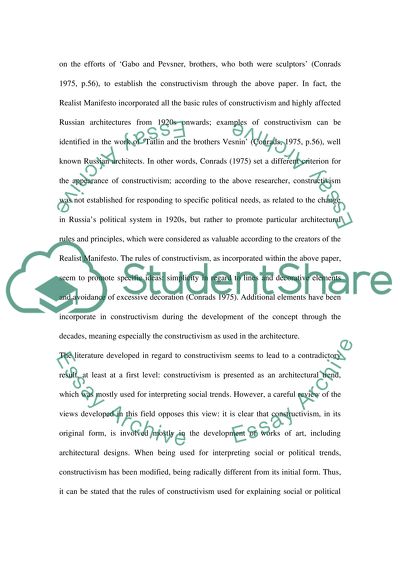Cite this document
(“Constructivism in Architecture Essay Example | Topics and Well Written Essays - 3000 words”, n.d.)
Retrieved from https://studentshare.org/architecture/1448505-constructivism-in-architecture
Retrieved from https://studentshare.org/architecture/1448505-constructivism-in-architecture
(Constructivism in Architecture Essay Example | Topics and Well Written Essays - 3000 Words)
https://studentshare.org/architecture/1448505-constructivism-in-architecture.
https://studentshare.org/architecture/1448505-constructivism-in-architecture.
“Constructivism in Architecture Essay Example | Topics and Well Written Essays - 3000 Words”, n.d. https://studentshare.org/architecture/1448505-constructivism-in-architecture.


